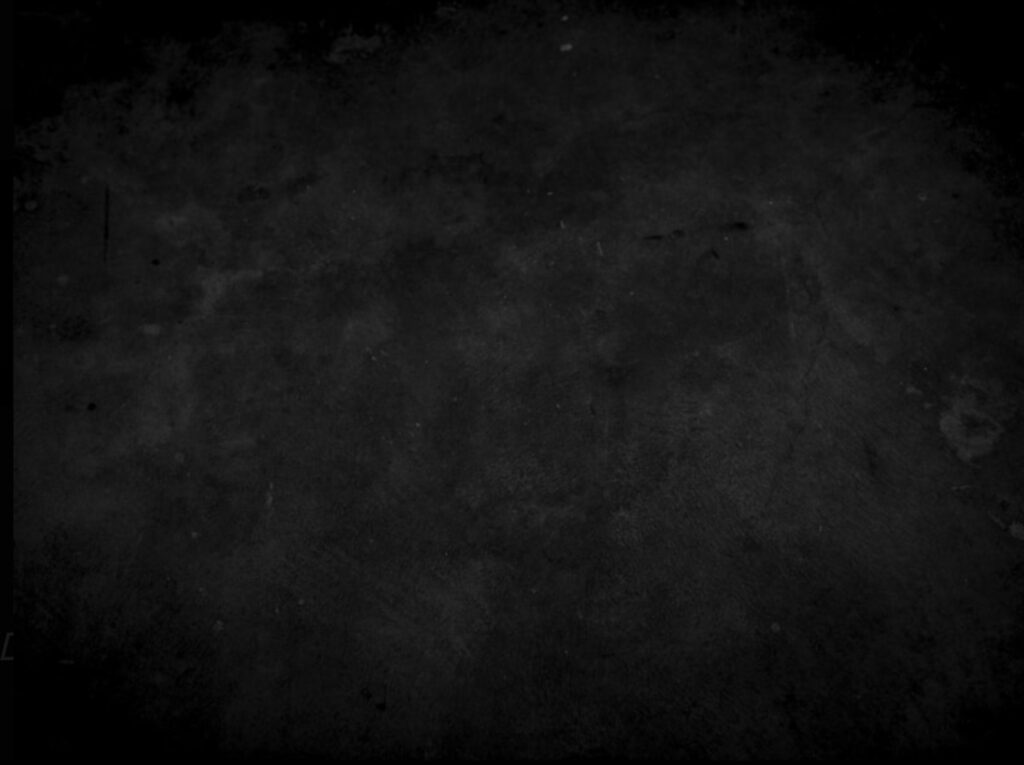Salvador Dalí didn’t just paint melting clocks he melted the boundaries between fine art and film. While most know him for his surreal canvases, the Spanish master spent decades shaping cinema in ways that continue to influence filmmakers today. From his shocking debut with Luis Buñuel to his collaborations with Hollywood legends, Dalí proved that movies could be just as revolutionary as any painting hanging in a museum.
The relationship between Dalí and cinema began early and ran deep. Born in 1904, he came of age alongside the film industry itself. The first cinema in his hometown of Figueres opened just seven months after his birth a coincidence that seemed to foreshadow his lifelong fascination with the medium.
The Surrealist Cinema Revolution
Dalí’s most famous cinematic achievement came through his partnership with fellow Spaniard Luis Buñuel. Their 1929 collaboration, “Un Chien Andalou,” remains one of the most provocative films ever made. The opening sequence a razor slicing through an eye still has the power to shock audiences nearly a century later.
Written in just six days, the 16-minute film rejected traditional narrative structure entirely. Instead, Dalí and Buñuel created a stream of dreamlike images: ants crawling from a severed hand, rotting donkeys draped over grand pianos, and impossible transformations that defied logic. The film’s success launched both artists into the heart of the Surrealist movement in Paris.
Their follow-up, “L’Âge d’or” (1930), pushed even further into controversial territory. This hour-long film attacked social institutions with such ferocity that it sparked riots at its Paris premiere. Critics banned it, and audiences demanded its destruction. For Dalí and Buñuel, this was exactly the reaction they hoped for.
Hollywood Comes Calling
By the 1940s, Dalí had become synonymous with Surrealism in America. His eccentric personality and showmanship made him a celebrity, which inevitably caught Hollywood’s attention. When Alfred Hitchcock needed someone to design the dream sequence for “Spellbound” (1945), he knew exactly who to call.
Hitchcock didn’t hire Dalí for publicity he hired him for precision. “I wanted Dalí because of the architectural sharpness of his work,” Hitchcock explained. “I wanted to convey the dream with great visual sharpness and clarity, sharper than the film itself.”
The collaboration produced one of cinema’s most memorable dream sequences. Dalí’s surreal imagery floating eyes, faceless card players, and impossible architecture helped Gregory Peck’s character unlock repressed memories. Though the artist originally conceived a 20-minute sequence, budget constraints cut it to just three minutes in the final film.
The Disney Years
Perhaps Dalí’s most unexpected partnership came with Walt Disney. In 1946, the animation pioneer invited the surrealist to work on “Destino,” a short film about the ill-fated romance between Chronos, the god of time, and a mortal woman.
For eight months, Dalí collaborated with Disney animator John Hench, producing hundreds of sketches and storyboards. The project combined Dalí’s dreamlike imagery with Disney’s animation magic, creating something entirely new. Unfortunately, rising production costs forced Disney to abandon the project after completing only 15 seconds of footage.
The film remained unfinished for over 50 years until Disney’s nephew Roy revived the project in 2003. Using Dalí’s original designs and Hench’s memories, a new team of animators finally completed the seven-minute masterpiece, proving that great art transcends time.
Beyond Collaboration: Dalí’s Cinematic Vision
Dalí’s influence on cinema extended far beyond his direct collaborations. His paintings incorporated cinematic techniques like fades, dissolves, and montage long before video art became commonplace. Works like “The First Days of Spring” (1929) feature compositions that seem to dissolve into multiple images, anticipating the language of film editing.
The artist also experimented with what would later be called video art. His 1960 collaboration with photographer Philippe Halsman, “Chaos and Creation,” is considered one of the first artist videos ever made. The 17-minute film shows Dalí creating art while delivering a lecture, blending performance, documentation, and pure spectacle.
The Lasting Impact
Dalí’s cinematic innovations continue to influence filmmakers today. Directors like Darren Aronofsky, Michel Gondry, and Guillermo del Toro have all borrowed from his visual vocabulary, using his techniques to explore the unconscious mind on screen. The connection between dreams and cinema that Dalí helped establish remains one of film’s most powerful tools.
His collaboration with Andy Warhol in the 1960s also demonstrated how film could capture an artist’s persona. Warhol’s “Screen Tests” of Dalí including one filmed upside-down turned the surrealist into cinema itself, blurring the lines between subject and object, artist and artwork.
A Vision That Transcends Time
From the shocking eye-slice of “Un Chien Andalou” to the digital resurrection of “Destino,” Dalí proved that the most powerful art does not respect boundaries. His influence on cinema shows that visionary creators do not just work within mediums they redefine them, inspiring generations of filmmakers and dreamers alike.
